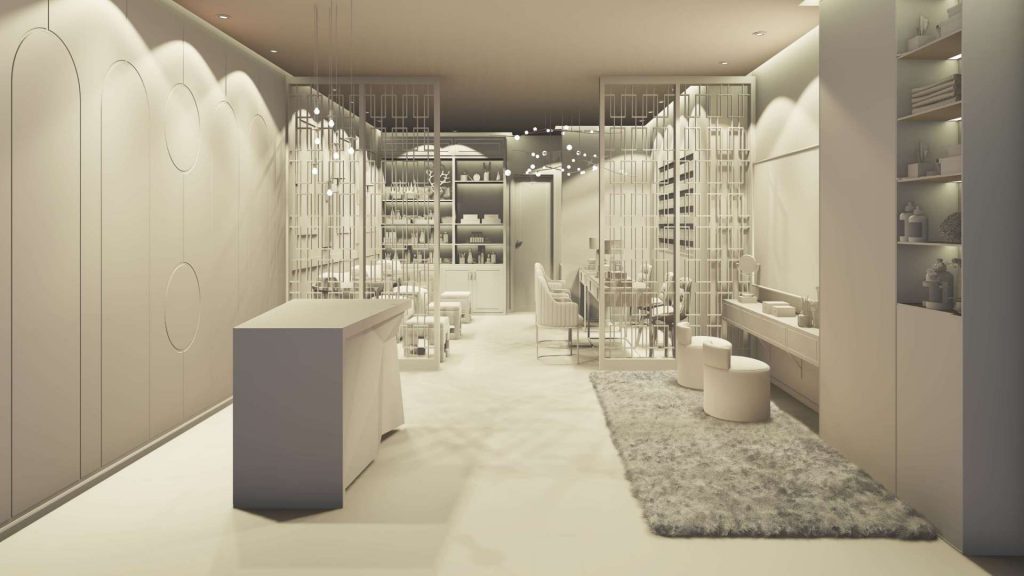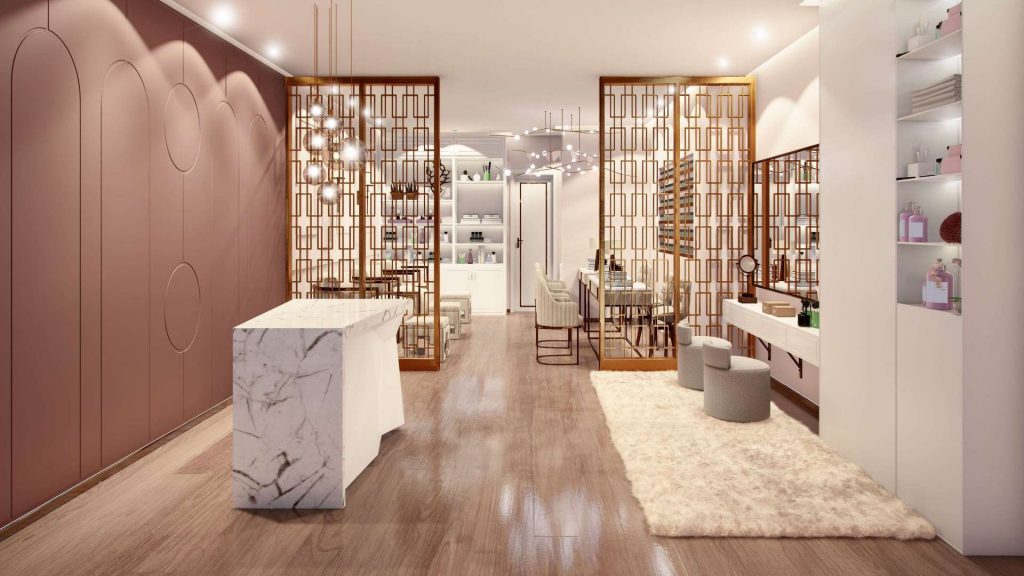CGI enables designers to evaluate designs realistically, considering proportions, scale, lighting, and other elements. It ensures the design meets both functional and aesthetic requirements. Additionally, CGI allows quick digital edits, accommodating client preferences or project changes without physical limitations.


CGI enables designers to assess designs realistically, considering aspects like proportions, scale, lighting, and other crucial elements.
As a designer using CGI, I offer comprehensive evaluation services enabling you to assess your designs accurately. Visit my Product Showcase page to learn more. For advice or inquiries, feel free to call me at (+44) 01622 370 390. I’m here to assist you in perfecting your projects.
Transforming Design with CGI
Computer-Generated Imagery, or CGI, revolutionizes the way one can evaluate new designs in a realistic manner. By incorporating CGI technologies, it is possible to explore the minute details of a design, ensuring every aspect is correctly proportioned, properly scaled, and well-lit. It provides an accurate representation of how the final product would look in the real world.
This advanced technology facilitates designers to ensure that the design meets both functional and aesthetic requirements. By taking care of elements like lighting, shadow, texture, and depth, CGI makes it easier to visualize everything before any physical model is created. Not only does this save time and resources, but it also allows for a higher degree of precision and detail.
Meeting Functional and Aesthetic Standards
Functionality and aesthetics are two crucial components of any design. With CGI, one can seamlessly merge these elements. It’s not just about how a design looks, but also about how it works in the intended environment. CGI helps in evaluating both these aspects concurrently, ensuring that the design not only looks appealing but also functions effectively.
Ensuring that a design meets its functional and aesthetic requirements can be a daunting task. Traditional methods often involve creating multiple physical prototypes, which can be time-consuming and costly. However, with CGI:
- The entire process of design evaluation becomes quicker and more efficient.
- One can make real-time adjustments, verifying the impact of changes instantly.
- Clients can see a detailed and realistic representation of the final product, increasing their confidence in the design.
This capability ensures the design is not just visually pleasing, but also practical and user-friendly, garnering satisfaction from both the designer and the client.
Adapting to Changes with Ease
An essential advantage of using CGI is the ability to make quick digital edits. In the world of design, client preferences, and project requirements can change unexpectedly. CGI provides the flexibility to update and revise designs promptly. Unlike traditional methods, there are no physical limitations. You don’t have to start from scratch or incur additional costs for redoing parts of the project.
With CGI, it is easier to accommodate any changes that arise during the project lifecycle. Be it a minor tweak or a significant overhaul, CGI allows for easy adaptations, safeguarding both time and resources. This adaptability ensures that the final design aligns perfectly with the client’s vision and the project’s objectives.
Benefits of Quick Digital Edits
One of the greatest advantages of CGI is the ability to make quick and effective changes. Here’s how this helps:
- Reduces the overall project time as modifications can be made instantly.
- Minimizes costs related to physical prototypes and redesigns.
- Enhances client satisfaction by providing them with a design that evolves according to their feedback.
The capability to quickly adapt to client preferences or project changes ensures that the project remains on track and meets all specified requirements without unnecessary delays or costs.
Proportions, Scale, and Lighting
One crucial benefit of CGI is the ability to realistically evaluate proportions, scale, and lighting. These components are vital for ensuring the design’s practicality and visual appeal. CGI allows you to assess these aspects meticulously.
By simulating different lighting conditions, one can see how the design looks during various times of the day or in different environments. Correctly proportioned and scaled designs ensure that all components fit together harmoniously, providing a coherent and attractive final product.
Visual Realism with CGI
Achieving visual realism is pivotal in gaining client approval and ensuring that the design translates well into the physical world. With CGI, one can:
- Experiment with different lighting scenarios to find the most aesthetically pleasing setup.
- Ensure that all elements of the design are proportionally accurate and visually cohesive.
- Create detailed renderings that give a realistic preview of the final product.
This approach not only helps in creating a stunning design but also ensures that it is practical and functional when brought to life.
Conclusion
CGI is an indispensable tool in modern design, offering unparalleled benefits in terms of realism, efficiency, and adaptability. It facilitates the comprehensive evaluation of designs, ensuring they meet all functional and aesthetic criteria. Quick digital edits and the ability to realistically assess proportions, scale, and lighting make CGI an invaluable asset in the design process. By leveraging CGI technologies, not only can one achieve perfection in design but also resonate with client expectations, delivering a final product that is both beautiful and functional. For more details on how CGI can elevate your design projects, explore my Product Showcase page or call me at (+44) 01622 370 390.

Recent Comments